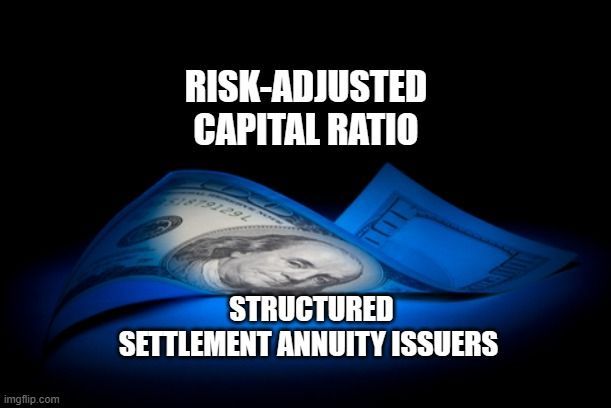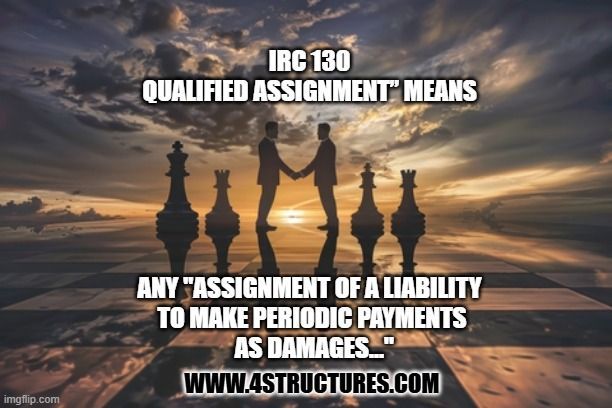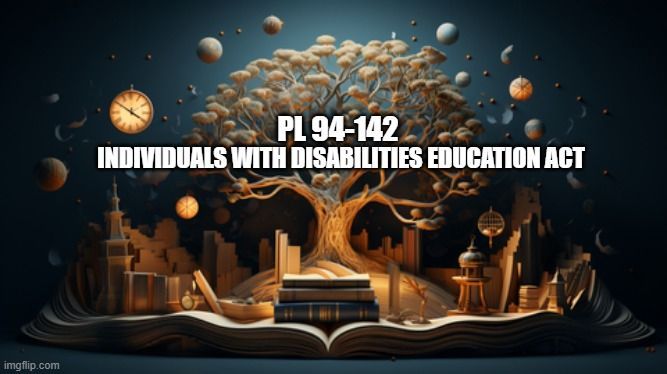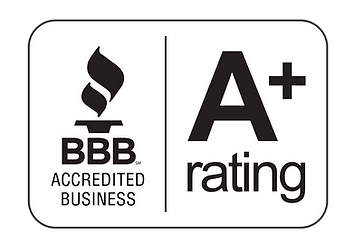What is Risk Adjusted Capital Ratio (RACR)?
What Does RACR Ratio Mean for Your Structured Settlement Annuity Company?

What is the Risk-Adjusted Capital Ratio?
The Risk-Adjusted Capital Ratio (RACR) is a measure of resilience, a financial metric used to gauge a financial institution's ability to continue functioning in the event of an economic downturn. It is calculated by dividing a financial institution's total adjusted capital by its risk-weighted assets (RWA). RACR provides a nuanced view of capital adequacy by factoring in risk, making it a valuable complement to other capital ratios. Financial institutions use a combination of these ratios to assess their financial stability and regulatory compliance
Two variations of the Risk-Adjusted Capital Ratio
- RACR #1: This ratio considers the insurer’s capital in relation to its risk exposure. A higher RACR #1 indicates better capital adequacy.
- RACR #2: Similar to RACR #1, this ratio also evaluates capital adequacy but may use a different methodology or risk assessment. Again, a higher RACR #2 is preferable.
Weiss Ratings Uses Risk-Adjusted Capital Ratio in its analysis of life insurance companies, including life insurance companies that issue structured settlement annuities
Examples
Pacific Life Insurance Company
Newport Beach, CA
Weiss Rating A
Rating Date: December 2023
NAIC Classification" Life & Annuity
Risk Adjusted Capital Ratio #1 3.42
Risk Adjusted Capital Ratio #2 1.85
Total Assets $178.80B
Capital $11.70B
Net Premiums $14.30B
Net Income $151.30M
USAA Life Insurance Company
San Antonio TX
Weiss Rating B+
Rating Date December 2023
NAIC Classification Life & Annuity
Risk Adjusted Capital Ratio #1 4.11
Risk Adjusted Capital Ratio #2 2.15
Total Assets $27.77B
Capital $2.64B
Net Premiums $2.05B
Net Income $52.25M
Source: WeissRatings.com
Difference Between Risk Adjusted Capital Ratio (RACR) and RBC Ratio?
RBC is a broader regulatory framework, while the risk-adjusted capital ratio specifically assesses an institution’s ability to withstand economic risks. Both place crucial roles in assessing fiancial security.















